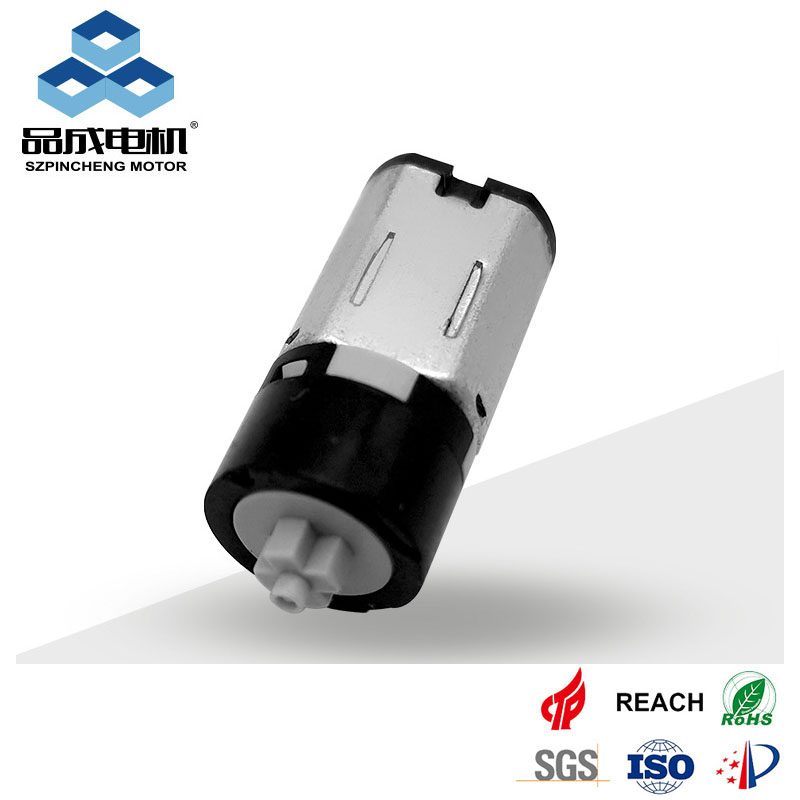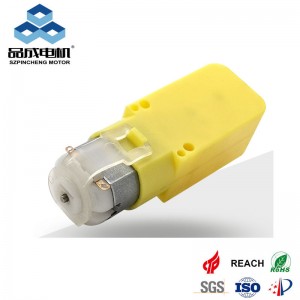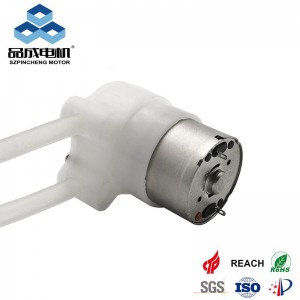In the realm of electrical engineering, direct current (DC) motors play a pivotal role in a wide array of applications. Among DC motors, those equipped with brushes are commonly used. However, there seems to be some confusion regarding carbon brush DC motors and brush DC motors. In this article, we will dissect the differences between them and explore their respective application scenarios.
Clarifying the Terminology
Firstly, it's essential to note that carbon brush DC motors are actually a subset of brush DC motors. The term "brush DC motor" is a more general classification, while "carbon brush DC motor" specifically refers to a brush DC motor where the brushes are made primarily of carbon - based materials.
Structural and Material Differences
Brush Material
- Carbon Brush DC Motors: As the name implies, the brushes in these motors are predominantly made of carbon. Carbon has excellent self - lubricating properties, which reduce friction between the brush and the commutator. This results in less wear and tear, extending the lifespan of the brushes. Additionally, carbon is a good electrical conductor, although its conductivity is not as high as some metals. For example, in small - scale hobbyist motors, carbon brushes are often used due to their cost - effectiveness and reliability.
- Brush DC Motors (in a broader sense): Brushes in non - carbon - brush DC motors can be made from various materials. Metal - graphite brushes, for instance, combine the high electrical conductivity of metals (such as copper) with the self - lubricating and wear - resistant properties of graphite. These brushes are typically used in applications where higher current - carrying capacity is required.
Commutator Interaction
- Carbon Brush DC Motors: The carbon brushes slide smoothly over the commutator surface. The self - lubricating nature of carbon helps in maintaining a consistent contact force, which is crucial for stable electrical connection. In some cases, carbon brushes may also produce less electrical noise during operation, making them suitable for applications sensitive to electromagnetic interference.
- Brush DC Motors with Different Brushes: Metal - graphite brushes, due to their different physical properties, may require a different design of the commutator. The higher conductivity of the metal part may lead to different current - distribution patterns on the commutator surface, and thus, the commutator may need to be designed to handle this more efficiently.
Performance Differences
Power and Efficiency
- Carbon Brush DC Motors: Generally, carbon brush DC motors are well - suited for low - to - medium power applications. Their relatively lower conductivity compared to some metal - based brushes may result in slightly higher electrical resistance, which can lead to some power losses in the form of heat. However, their self - lubricating property reduces mechanical losses due to friction, which helps in maintaining a reasonable overall efficiency. For example, in small household appliances like electric fans, carbon brush DC motors are commonly used, providing sufficient power while remaining energy - efficient enough for household use.
- Brush DC Motors with Different Brushes: Motors with metal - graphite brushes are often used in high - power applications. The high electrical conductivity of the metal component allows for more efficient transfer of large amounts of current, resulting in higher power output. Industrial machinery, such as large - scale conveyor systems, often employ these types of motors to drive heavy loads.
Speed Control
- Carbon Brush DC Motors: Speed control of carbon brush DC motors can be achieved through various methods, such as adjusting the input voltage. However, due to their inherent characteristics, they may not offer the same level of precise speed control as some other types of motors. In applications where speed stability is not of utmost importance, like in some simple ventilation fans, carbon brush DC motors can perform adequately.
- Brush DC Motors with Different Brushes: In some cases, especially with more advanced brush materials and designs, better speed control can be achieved. The ability to handle higher currents and more stable electrical connections can enable more sophisticated speed - control techniques, such as using pulse - width modulation (PWM) more effectively. High - performance servo motors, which require precise speed control for applications like robotics, may use brushes with specialized materials for this purpose.
Application Scenarios
Carbon Brush DC Motors
- Consumer Electronics: They are widely used in small - scale consumer electronics such as electric toothbrushes, hair dryers, and portable fans. Their compact size, relatively low cost, and sufficient performance meet the requirements of these devices.
- Automotive Accessories: In cars, carbon brush DC motors are used in applications like windshield wipers, power windows, and seat adjusters. These motors need to be reliable and cost - effective, and carbon brush DC motors fit the bill.
Brush DC Motors with Different Brushes
- Industrial Machinery: As mentioned earlier, in industrial settings, motors with high - conductivity brushes are used for driving large - scale equipment. In a manufacturing plant, motors powering large - capacity pumps, compressors, and milling machines often require high - power output and precise control, which can be provided by brush DC motors with appropriate brush materials.
- Aerospace and Defense: In some aerospace applications, such as aircraft actuators, brush DC motors with specialized brushes are used. These motors need to operate under extreme conditions, including high temperatures and high - vibration environments. The choice of brush material is crucial to ensure reliable performance in such demanding situations.
In conclusion, while carbon brush DC motors are a type of brush DC motor, the differences in brush materials and resulting performance characteristics lead to distinct application scenarios. Understanding these differences is key for engineers and designers when selecting the most appropriate DC motor for a given application.
you like also all
Post time: Jan-16-2025




